In this blog post, Maria Galindo and Ervin Ong share their best tips and tricks for Amazon FBA seller success. Topics discussed include:
- What does it take to find a winning product to sell on Amazon FBA
- The 6 must haves for product validation
- Missed an episode? See them all here.
We’re covering all of this today in episode 22 of Seller Strategies: How To Validate Products. Watch the video, keep reading and don’t forget to subscribe to our YouTube channel so you never miss an episode!
Welcome to Seller Strategies!
In today’s blog post, we’re going to talk about the six strategies (data points) you must use when validating a product.
The whole premise of private labeling on Amazon is to take an existing product that’s already selling well, make an improvement to that product, and put your own brand or label on it. But what data points are essential to ensure you have a winning product?
Data Point #1: At least 3 vendors in the top 10 must have a Best Sellers Rank (BSR) of 5,000 or less
Using Jungle Scout’s Chrome Extention I was able to run a query on the product highlighted below, and as you can see I was able to find more than three vendors that had a BSR (aka Rank) of 5,000 or less.
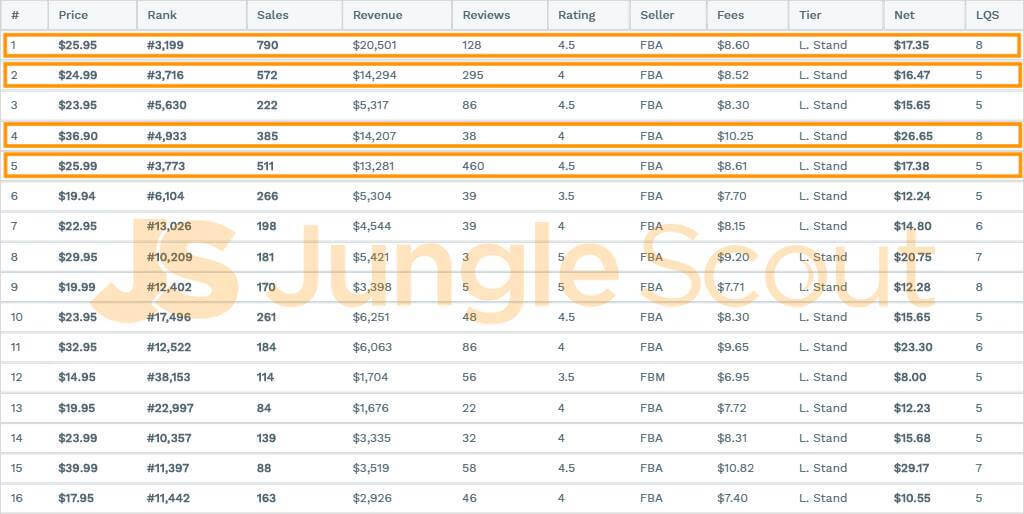
We’ve got the first vendor, the second vendor, the fourth vendor, as well as the fifth vendor who have a BSR less than 5,000. This is a good start… now onto our next data point.
Data Point #2: At least 5 products in the top 10 have 500 reviews or less
If we’re new to this category/niche and we are looking to compete with someone on the first page who’s got 12,000 reviews, it’s probably going to take a lot of convincing in order for the customer to buy our product. It’s a lot easier for us to enter the market when we’re competing with people who have fewer than 500 reviews.
Here we can see that we have met that mark with vendors 3, 4, 6, 7, and 8.
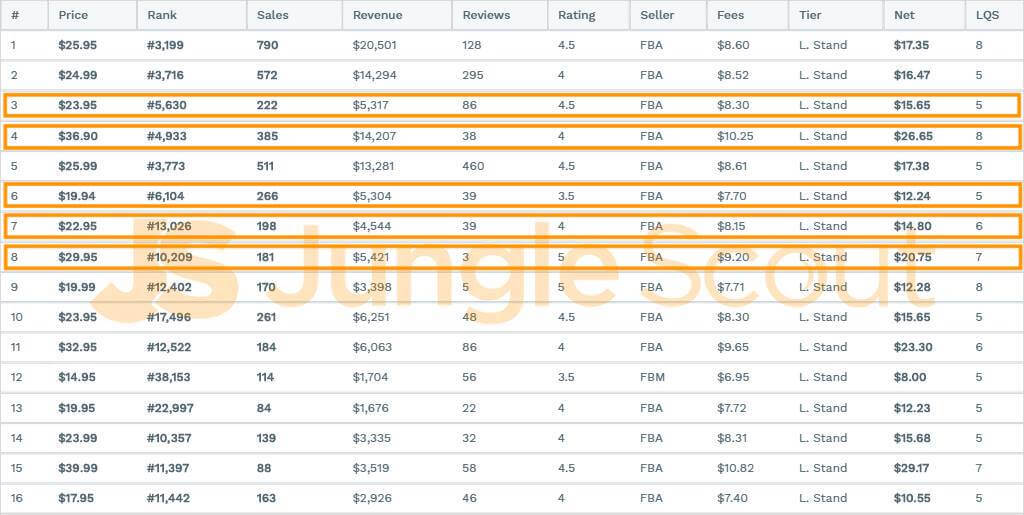
Furthermore, it’s important that you spend a few hours going through your competitor’s reviews to see what the customers are complaining about or what they like about your competitor’s product so you can improve upon your product accordingly.
Data Point #3: Market Depth
The next data point is market depth. We want to make sure that the category isn’t dominated by just one person, but the share of the pie, if you will, is evenly distributed across all other sellers on the platform.
My criteria for this is to make sure that everyone on page one sells at least 2,500 units or more collectively. Furthermore, I want to make sure that not one of them takes up more than 75% of the sales.
As we can see here, sales are somewhat distributed among the first eight listings.
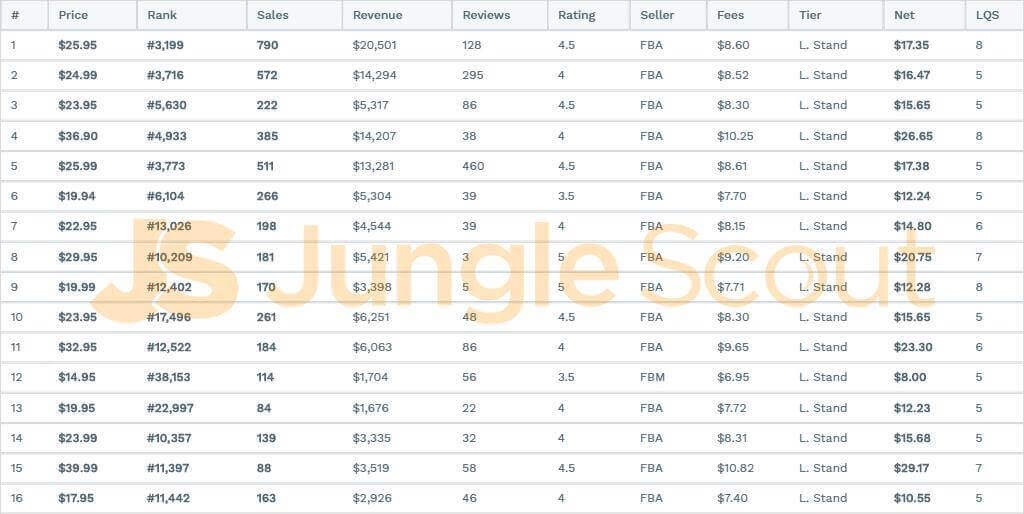
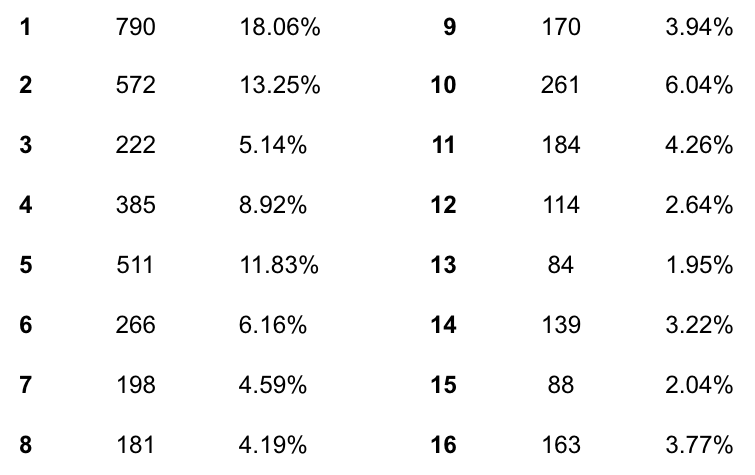
Furthermore, not one of the vendors has 75% or more of the market share.
So far so good! Let’s continue onto our next data point.
Data Point #4: Keyword search volume
The next data point relates to keywords. My favorite tool for looking at keyword search volume is Keyword Scout, given the fact that they pull in real Amazon data.
For the US, I want to look for a search volume of at least 8,000 exact match and a broad match of about 15,000. If you’re in the UK market, that would translate to a search volume of at least 1,000 exact match and a broad match of 2,000.
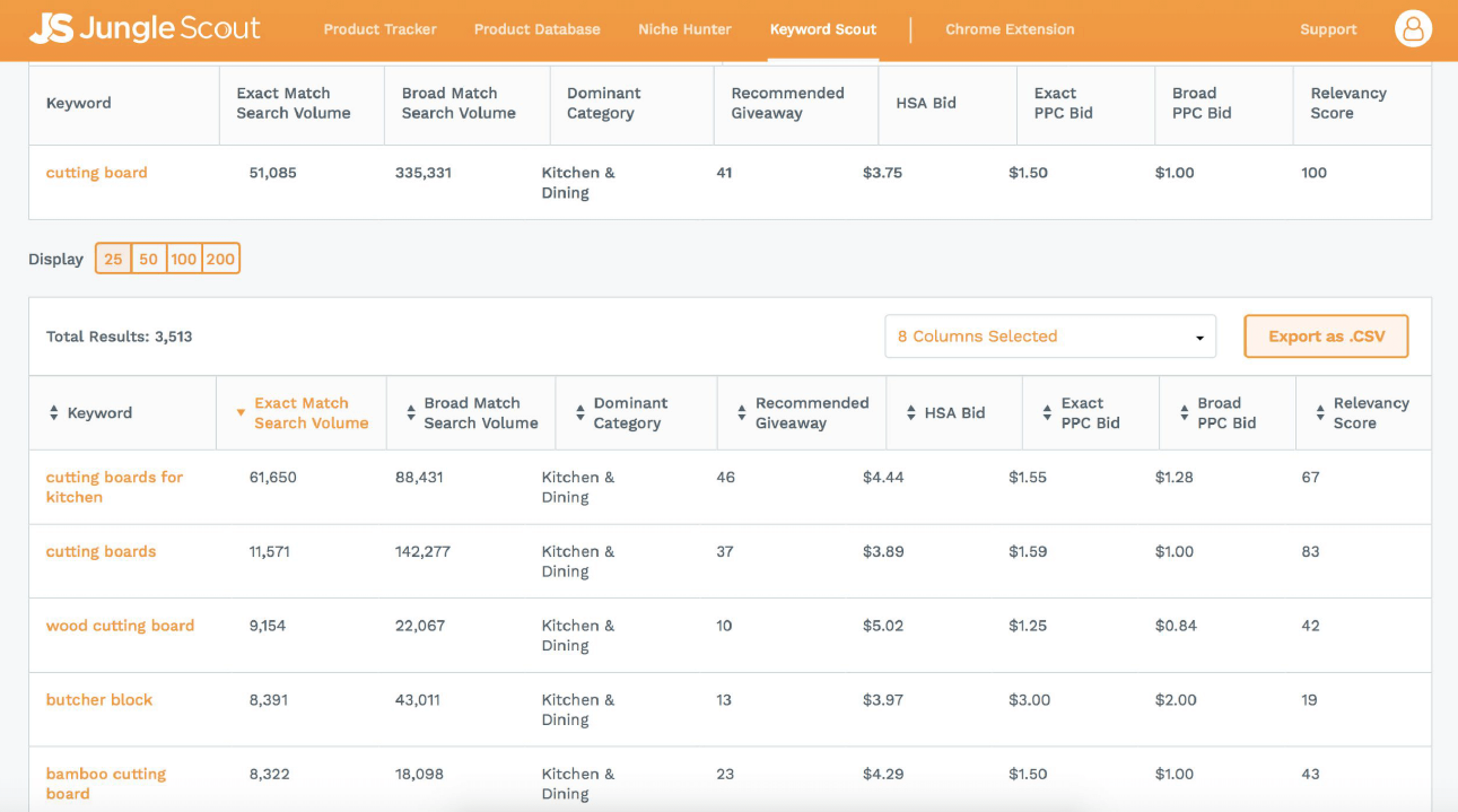
You’re not bound for one keyword for one product. So, for the search term “cutting board”, you can see that we have a 5,1000 exact match search volume. But maybe if you type in “wood cutting board” where the search volume is much less, you may be able to become a little bit more competitive on that product if you try to rank for that keyword as well.
Data Point #5: Avoid Competing against big brands
On the surface, the screenshot below looks like a great opportunity but if we take a look at the competition we find that we’re competing against name brands such as Thermos, Wildkin, Rubbermaid, and Yumbox.
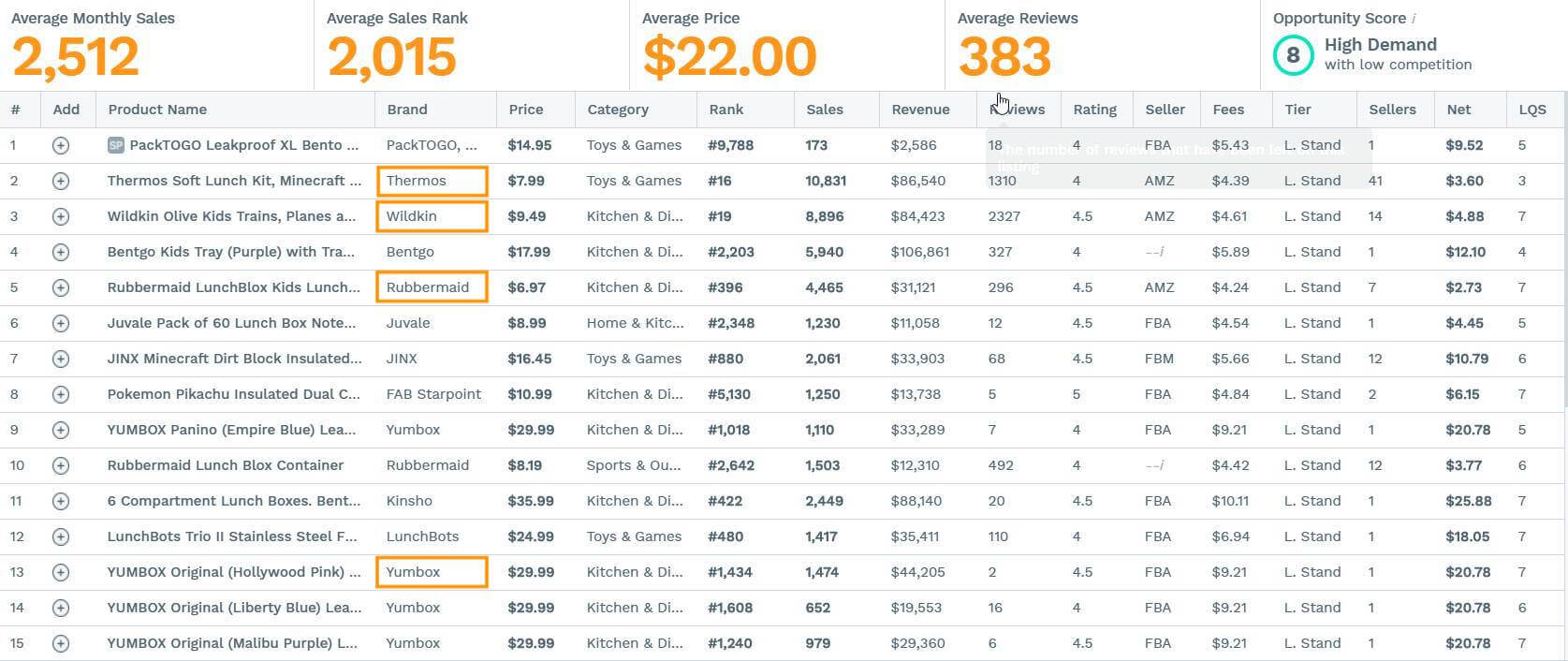
These companies have millions of dollars invested in their marketing to drive outside traffic to Amazon so I would err on the side of caution and avoid any products that lean toward big brands.
Data Point #6: Healthy trend of a product
And, lastly, I want to talk about having a healthy trend for the product. Here’s a screenshot that I took from Google Trends of what a healthy trend for a product looks like.
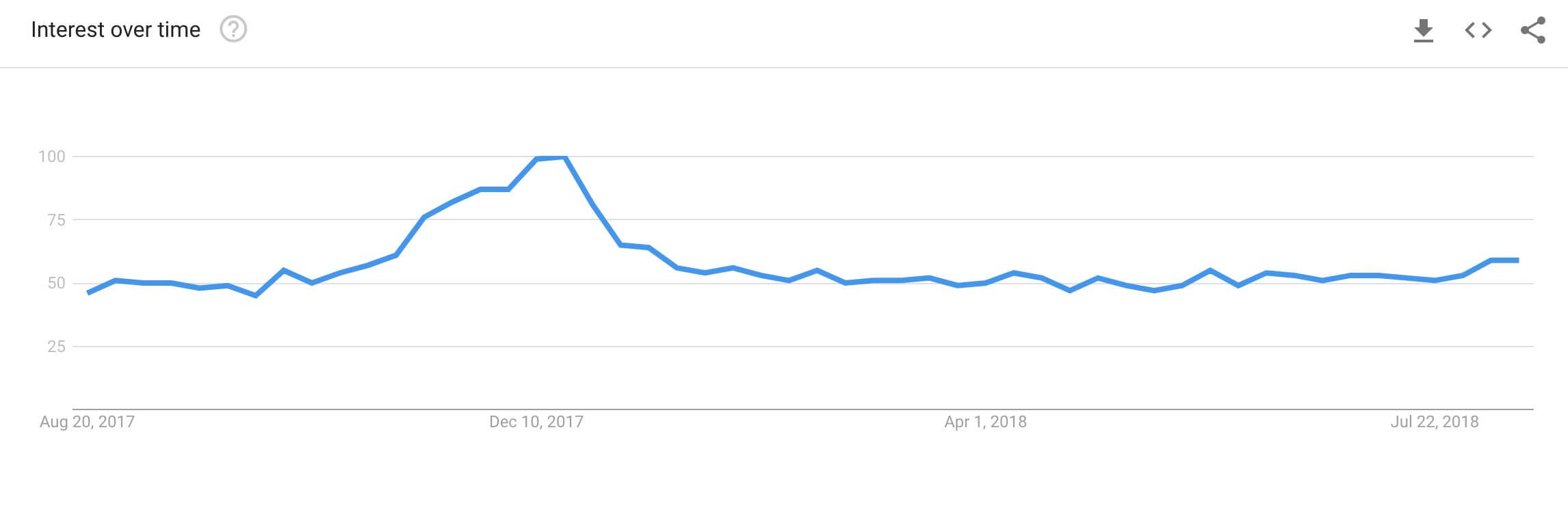
For this keyword, you can see that the interest actually hovers around the same time and period throughout the year. This tells us that there’s a pretty heavy and consistent demand for this product. This is an indication that the product is not seasonal and aside from the holiday bump (this is normal) this product is fairly solid year round.
Conclusion
I have provided the basis of all product research. At a bare minimum, these would be my must-have requirements to find a winning product. There are other factors you may want to take into consideration for your specific niche as each niche brings it’s own data points that must be factored in but at the core of all product research, these 6 data points will provide a solid foundation.
That’s it for today, however, tune in next week as we continue to share our best tips and tricks to help you succeed as an Amazon FBA seller.
Missed an episode? See them all here.

 1 Comment
1 Comment
One comment on “Seller Strategies: How To Validate Products”